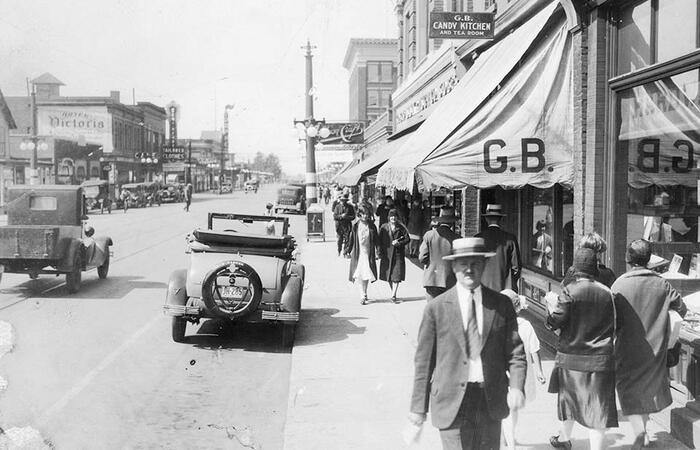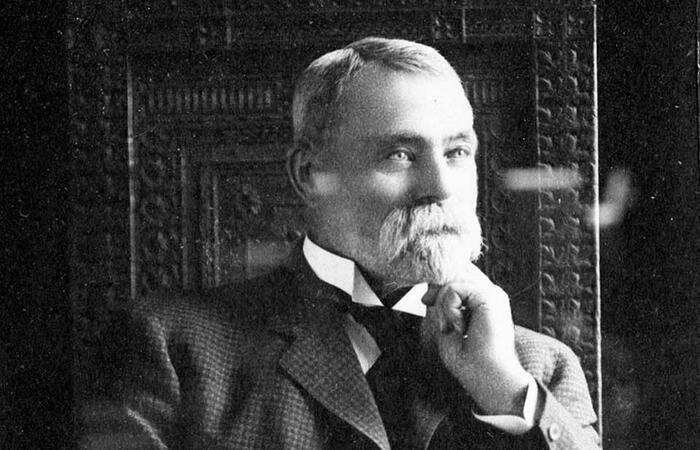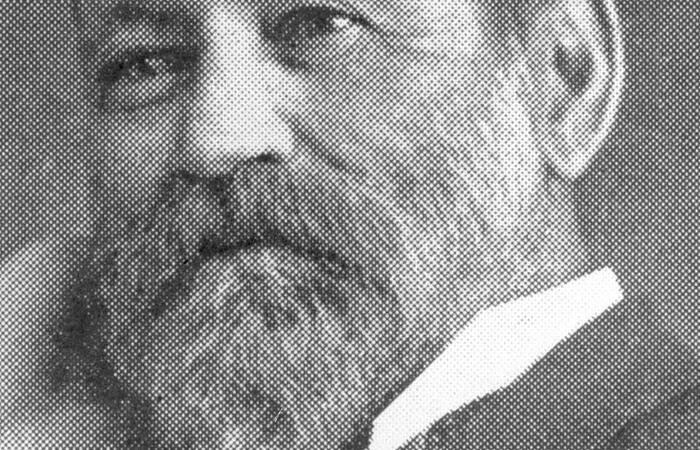The Province of Canada’s Department of Crown Lands surveyed the southern bank of the Kaministiquia River west of the fur trading fort of Fort William during 1859-60. Then they opened it up for settlement. It would be known as West Fort William which was quickly shortened to Westfort. The surveyors simply called it the Town Plot, or the Plot as it was commonly known. Once the Westfort Town Plot was selected as the eastern terminus for the CPR, construction of the railway from West Fort William to Winnipeg commenced in June of 1875. It would take the federal Department of Public Works, and later the Department of Railways and Canals seven years from1875-1882 to build the line. Until the route was complete, growth in Westfort was very slow. However, once completed, prairie grain flowed east for shipment from the Lakehead. The CPR built elevators along the Kam to store and handle the grain. Workers and their families poured into town. Houses for them had to be built. The settlers could buy a plot of land for $100.00. Plots for other larger buildings cost $7.50 sq. ft. It wasn’t long before a village took shape centered around what would be dubbed as Frederica St. Of course, streets had to be constructed, too. One question comes to mind. How did all the streets get their names?
To answer that question, we must look to the people who called this land home.
Catherine Mary Moodie Vickers
Catherine Mary Moodie Vickers (1832-1904) was born to Susanna and John Moodie. She married John Joseph Vickers in 1855, who was an Anglo-Irish emigrant with land holdings in Fort William. Catherine and John had ten children together, four of whom you may recognize in the street names of Westfort. They are William, Isabella, Ridgeway and Arthur. Catherine St. is named after Catherine Mary and it is likely Mary St. bears Catherine’s middle name. Vickers St. has the family name and Moodie St. is named after Catherine’s parents. In 1902, Catherine Mary Vickers donated ten acres of land to Fort William for a public park we know as Vickers Park. Her stipulation was that a boulder be placed at each of the four corners of the park with the names of founders of Fort William inscribed into them. They are John Joseph Vickers, Catherine Mary Vickers, John McIntyre, and John McKellar. Those boulders are still there.
Victoria McVicar
Victoria McVicar (late 1830s-1899) was born to Robert and Christina McVicar. She grew up in Prince Arthur’s Landing by McVicar’s Creek and near where McVicar St. is located. After her father’s death in 1864, Victoria, along with her sister, Christina, and their mother moved to Fort William running the post office. A shrewd and successful businesswoman, Victoria is regarded as Fort William’s first teacher. She succeeded her sister, Christina, as postmaster in 1895. Victoria Ave. is named for her and Christina St. after her sister.
The McKellar brothers
The McKellar brothers, John, Peter, and Donald, were prospectors mining copper, silver, gold, zinc, iron ore and lead. They established many mines throughout the region. Although the three brothers were very involved with their business, they had a strong sense of family and community, too. All three were active socially and sat on church and municipal councils as well. In 1892, John became the first mayor of Fort William. Peter, Donald and John McKellar had streets named after them along with their cousin Archibald. McKellar St., McKellar General Hospital and McKellar Ward were named after the family. Thomas Marks, another dominant figure in the development of Fort William, had a street named after him as well.
However, not all the streets are named after prominent people or families. Cumming St. is named after Cuthbert Cumming. He was a good-natured and rather pudgy fur trader who often camped just outside the fort in the early1800s. Cumming was well liked by everyone, so the powers that be decided to name a street after him. Syndicate Avenue is so named because the Canadian Pacific Railway syndicate built their headquarters there.
I’m sure there are more tales to tell.
So, next time you look at the name on a street sign, think of what the story could be behind it. What can it tell you about the city you live in? There’s history everywhere.







